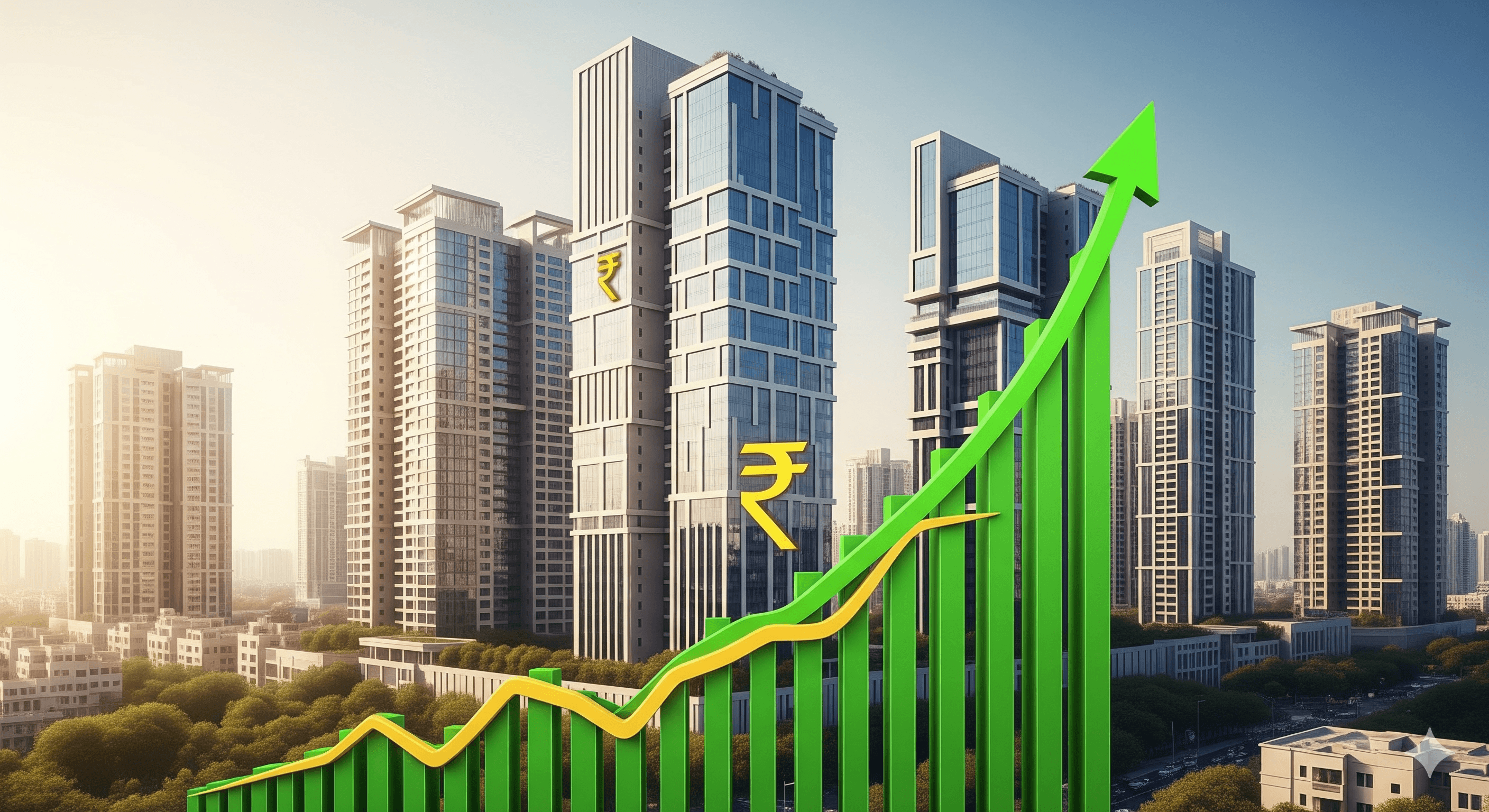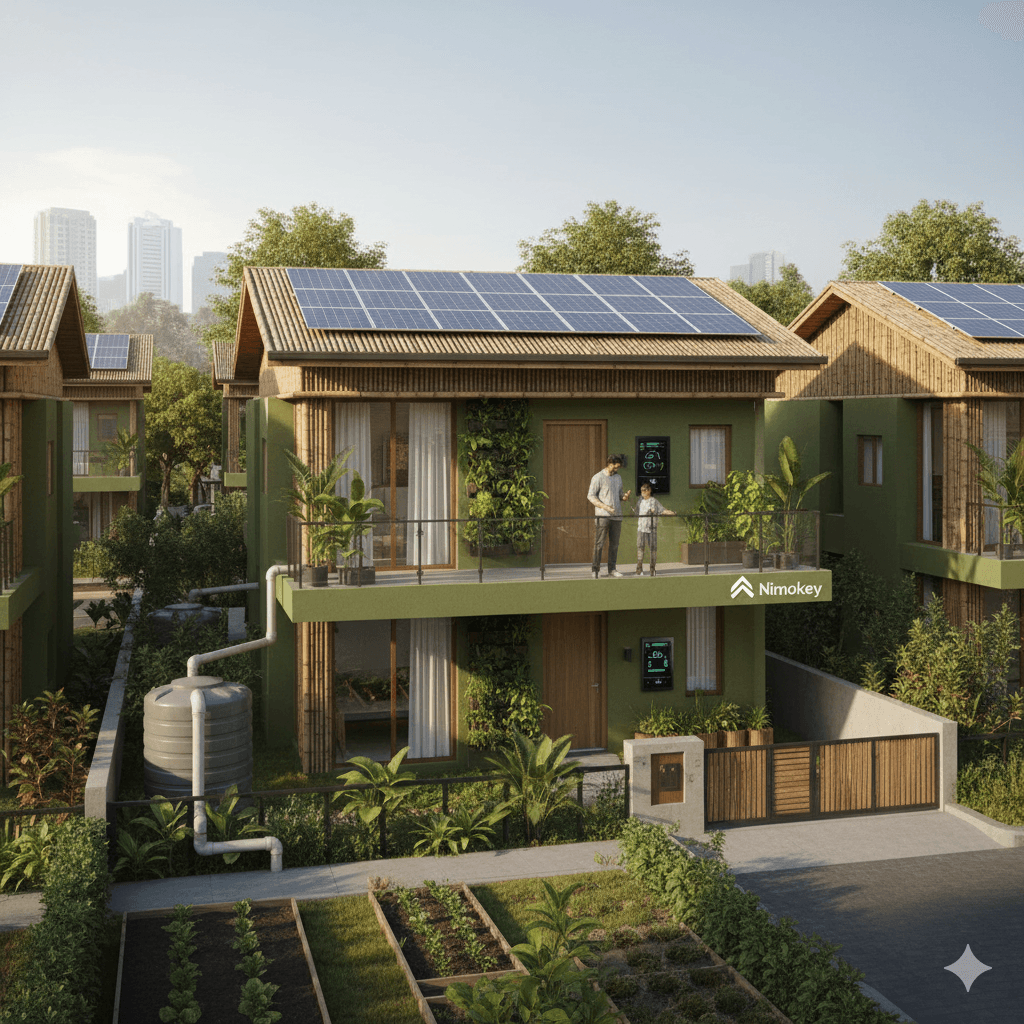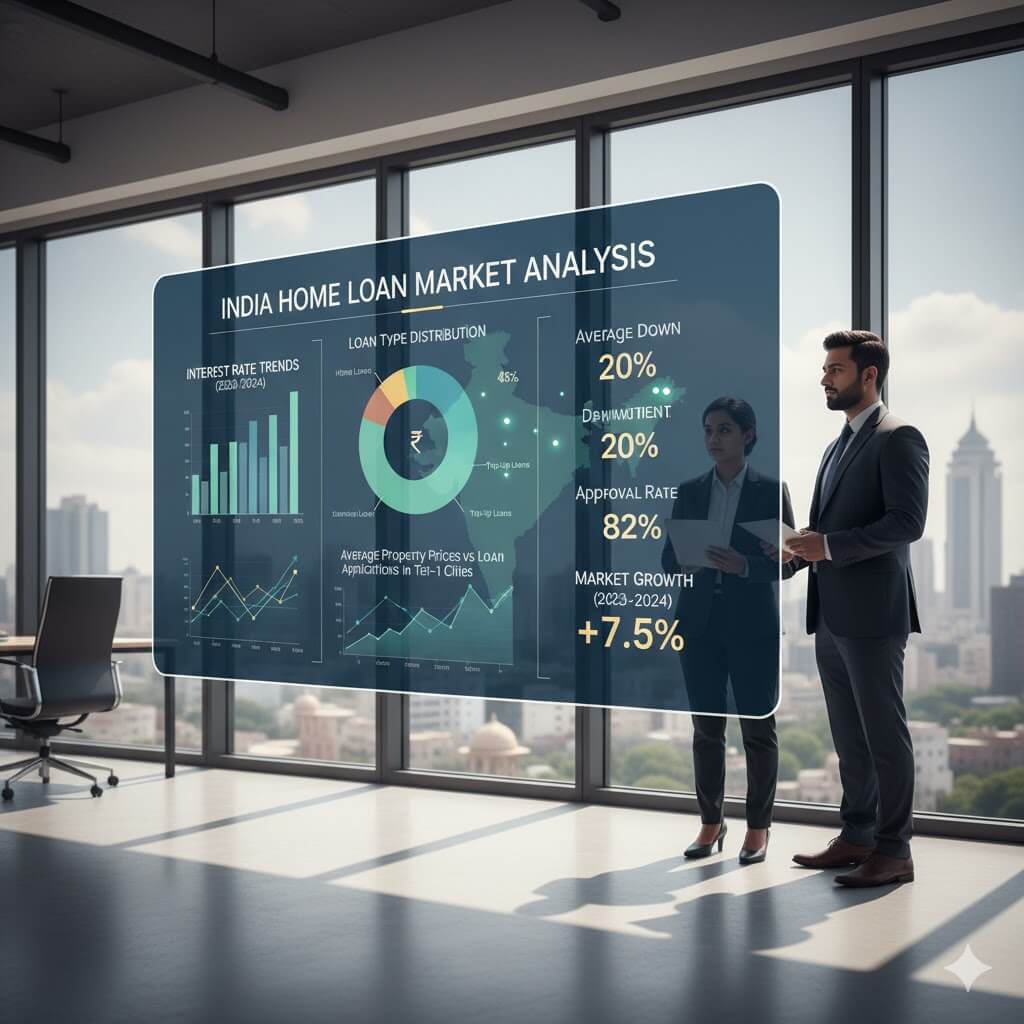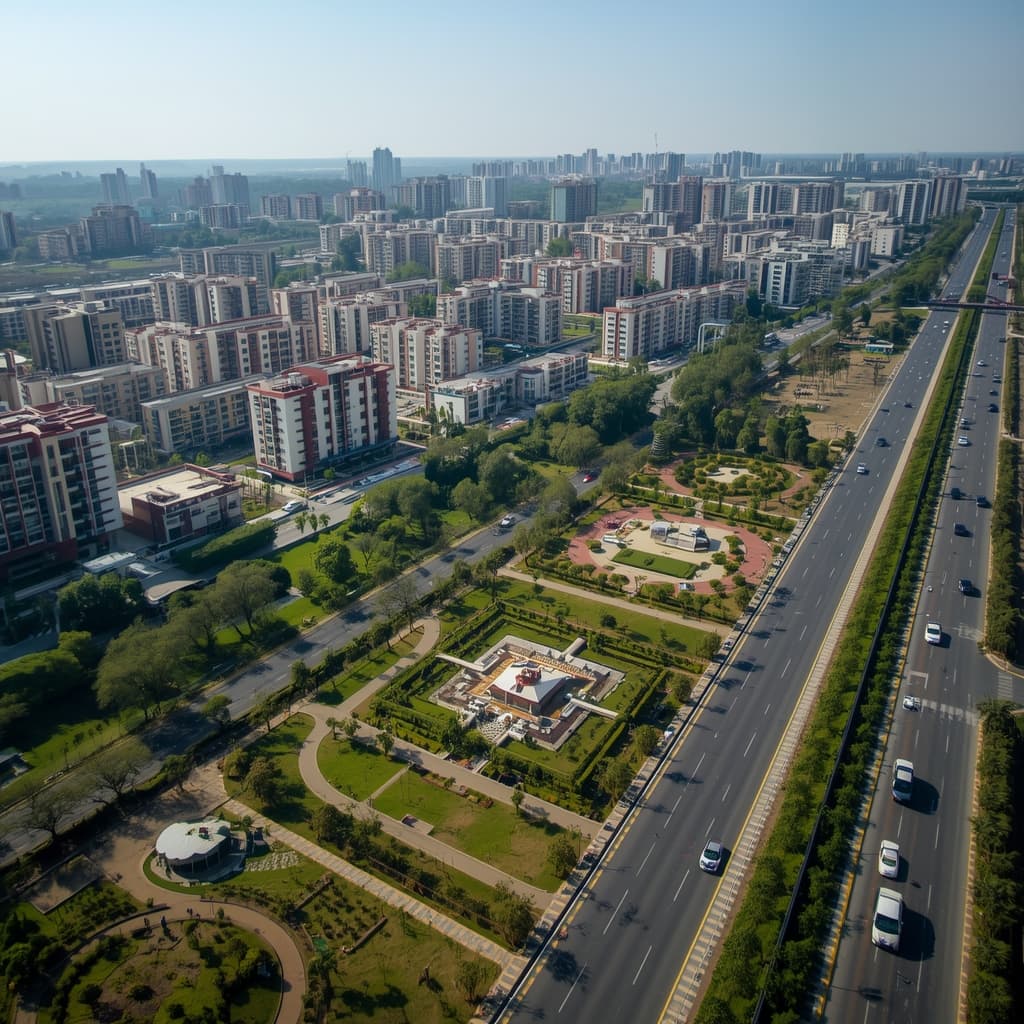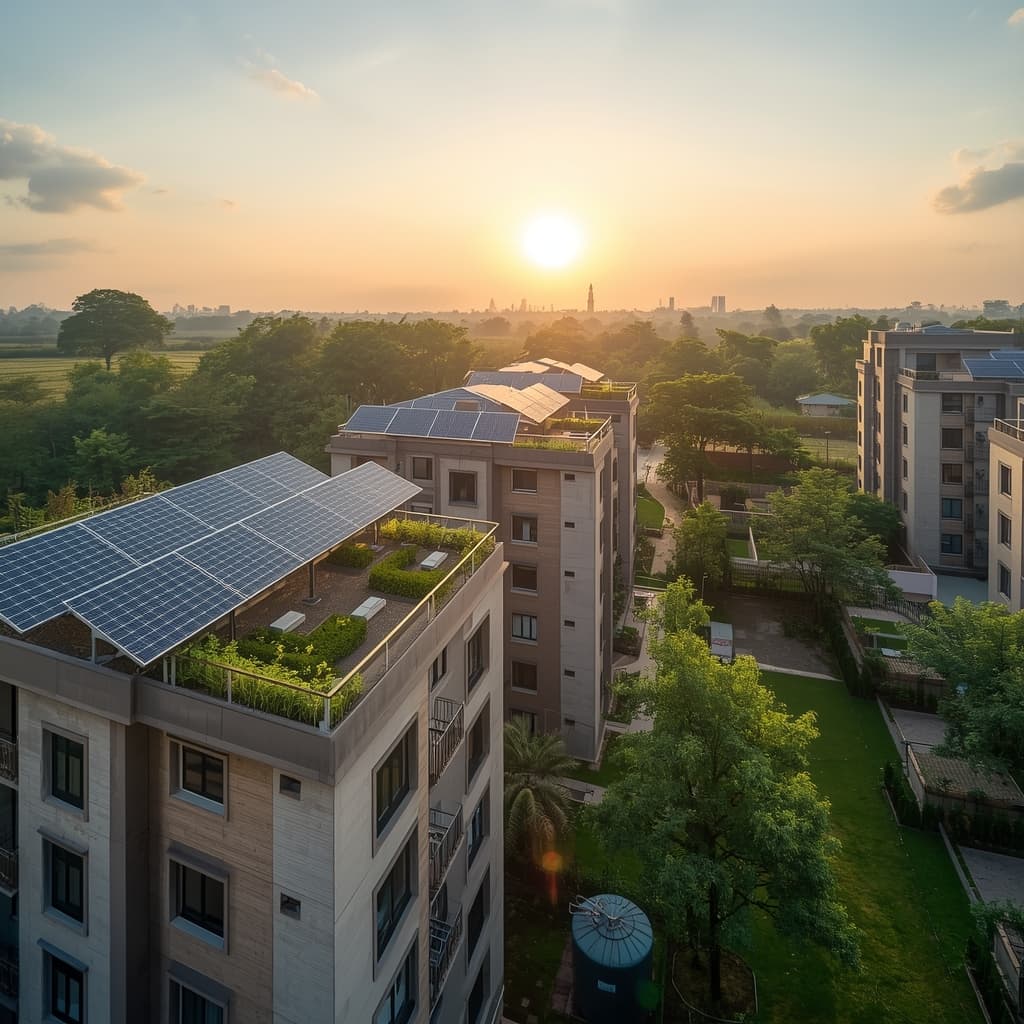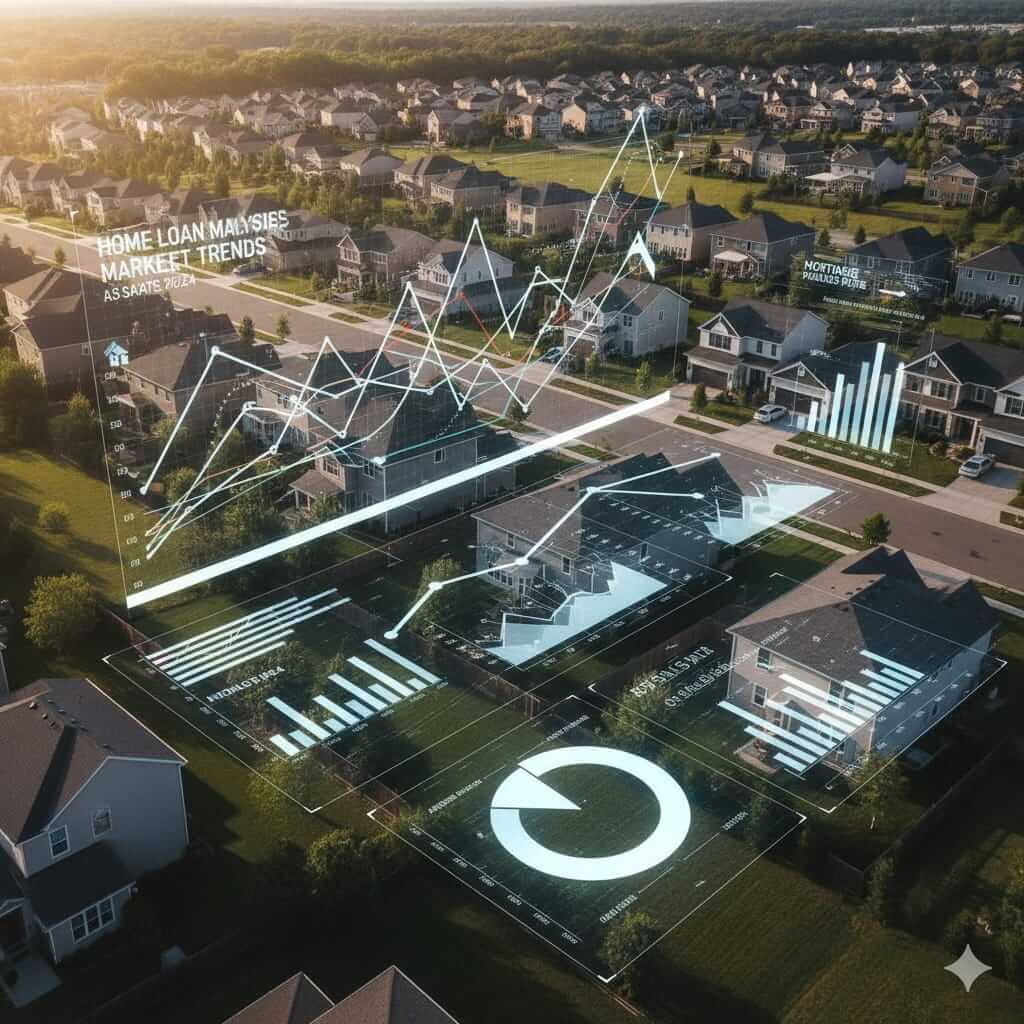Home Loan Market Growth Trends in India (20202025)
Explore how India's home loan market evolved between 2020 and 2025, driven by rising demand, affordable housing initiatives, and digital transformation in the lending sector.

The Indian home loan market has witnessed remarkable growth between 2020 and 2025, driven by rising urbanization, government initiatives, and digital adoption in financial services. Despite economic slowdowns and interest rate hikes, the sector continues to show resilience and steady expansion. Here's an in-depth look at the major trends, growth drivers, and market dynamics shaping India's housing finance landscape during this period.
1. Overview of Home Loan Market Growth
According to RBI data, the outstanding home loan credit in India surged to ₹27.23 lakh crore by March 2024 an increase of about ₹10 lakh crore in just two years. The market has grown at an impressive 1517% CAGR during this period, highlighting robust demand for housing and improved financial accessibility.
- Outstanding housing credit grew consistently post-pandemic.
- Banks maintained around 74% market share, while Housing Finance Companies (HFCs) captured about 19%.
- Home loan penetration reached 1012% of India's GDP still far below developed nations, leaving room for growth.
2. Key Growth Drivers
Several factors have contributed to the strong expansion of the housing finance market in India:
- Government Schemes: Initiatives like Pradhan Mantri Awas Yojana (PMAY) and interest subsidies encouraged first-time buyers.
- Rising Incomes & Urban Migration: More young professionals and double-income households are purchasing homes.
- Digital Transformation: Banks and HFCs now offer online approvals, e-KYC, and instant disbursal options.
- Post-COVID Lifestyle Changes: Demand for larger homes and better amenities rose sharply after the pandemic.
3. Regional and Segment Insights
Growth has been concentrated in metro cities but is gradually spreading to Tier-2 and Tier-3 cities, where affordability and demand for first homes are rising. In FY25, the average loan size in top cities was about ₹74 lakh, reflecting a shift toward mid and premium housing segments.
- Affordable housing remains a strong focus area for both lenders and policymakers.
- Luxury housing demand increased in metros, pushing up overall ticket sizes.
- Rural housing finance saw steady uptake through cooperative and regional banks.
4. Market Challenges (20242025)
While the growth story is strong, certain headwinds slowed the momentum in FY25:
- Interest Rate Hikes: Home loan rates climbed to 9% in some cases, impacting affordability.
- Rising Property Prices: Construction costs and land values pushed home prices higher.
- Credit Risk: Tighter lending norms and higher risk weights slowed loan approvals in some segments.
- Affordability Gap: Despite subsidies, middle-income buyers continue to face challenges with EMIs and down payments.
5. Market Outlook for 2025 and Beyond
Despite temporary slowdowns, the long-term outlook for India's home loan sector remains optimistic. As per industry forecasts (CARE Ratings, IBEF), the housing finance market is expected to grow at a 1516% CAGR through 2030, reaching ₹7781 lakh crore by the decade's end.
- Tier-2 and Tier-3 cities will drive the next phase of growth.
- Digital and fintech players will reshape home loan distribution and servicing.
- Government support for affordable housing and green housing finance will sustain demand.
6. The Digital Shift in Home Financing
Digitalization has become a key differentiator for lenders. AI-based credit scoring, online documentation, and personalized loan offers have streamlined the borrowing process.
- Instant loan approval systems and digital KYC improved customer experience.
- Fintech collaborations helped banks expand their reach among new-age borrowers.
- Data analytics is being used to manage risk and predict borrower behavior.
Conclusion
Between 2020 and 2025, India's home loan market evolved from traditional banking processes to a digitally driven, customer-centric model. While rising interest rates and property costs created short-term challenges, the long-term fundamentals urban growth, rising incomes, and government support remain strong. As the sector continues to innovate, India's dream of housing for all is gradually turning into a reality. Stay tuned with Nimokey for more insights into housing finance trends and real estate market analysis.
About Ayushi Payal
Real estate expert with over 10 years of experience helping clients navigate the property market. Specializing in market analysis and market analysis.









